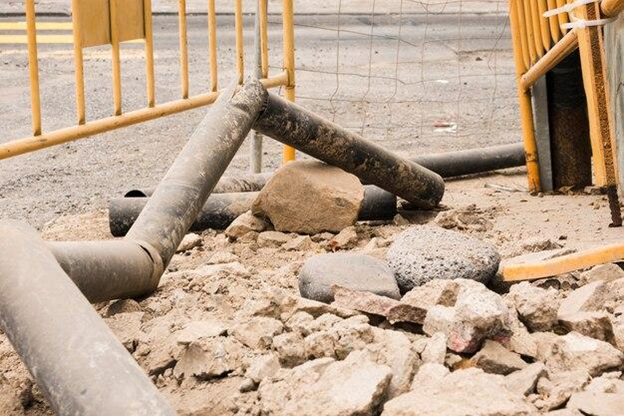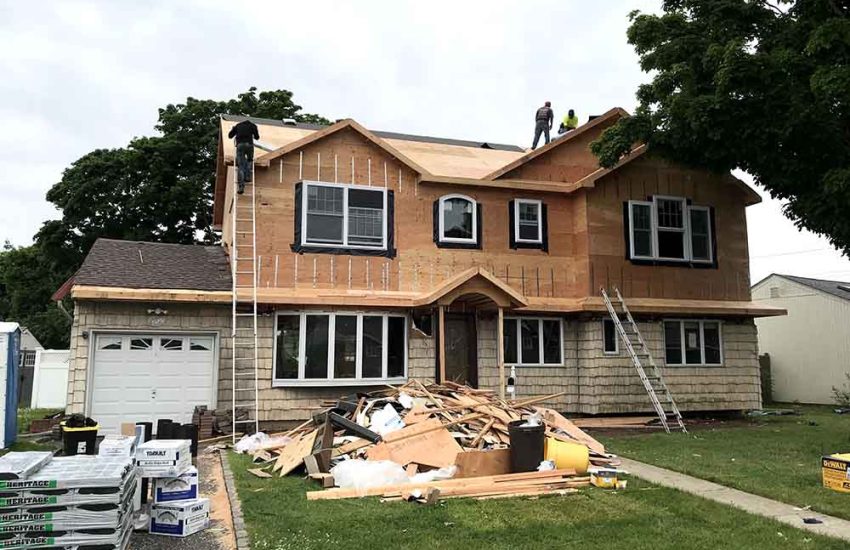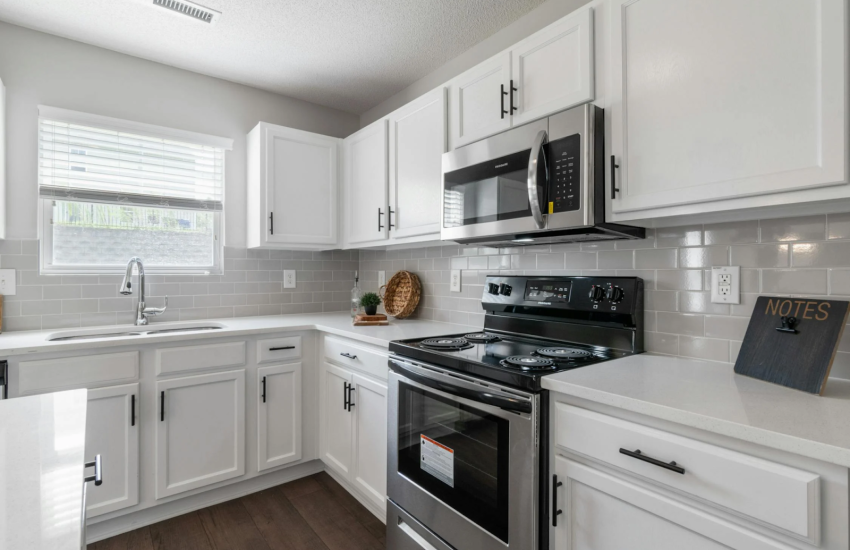Shore Up Your Home’s Stability: A Guide to Piling Repair
The foundation of your home is its silent guardian, providing unwavering support and stability. Unfortunately, time and environmental factors can compromise this crucial element. Shifting soil, hydrostatic pressure, and even natural disasters can all lead to foundation issues.
One telltale sign of trouble is uneven floors, accompanied by cracks in walls and sticking doors. If you suspect your home might be suffering from foundation problems, pilings might be the solution.
This guide explores the world of piling repair, helping you understand when it’s necessary and what the process entails.
Recognizing the Need for Piling Repair
Not all foundation problems necessitate piling repair. However, for certain situations, pilings offer a reliable and long-lasting solution. These slender, deep posts act as reinforcements, transferring the weight of your home down to more stable load-bearing soil strata. Common indicators that might point towards the need for Professional Piling Repair include:
- Cracks in Foundation Walls: Horizontal cracks running along the foundation walls, particularly near crawl spaces or basements, can signal foundation settlement. If these cracks are wider than ¼ inch, it’s advisable to consult a structural engineer to assess the situation.
- Uneven Floors: Over time, foundation settlement can lead to noticeable unevenness in floors. While some minor variations might be innocuous, significant dips or slopes can indicate a more serious problem requiring piling repair.
- Sticking Doors and Windows: Foundation movement can cause doors and windows to stick or become misaligned. Difficulty opening or closing these fixtures can be a sign that the foundation is no longer level.
The Process of Piling Repair
Professional Piling Repair is a multi-step process typically undertaken by experienced foundation repair contractors. Here’s a general breakdown of what to expect:
- Inspection and Evaluation: A thorough inspection will be conducted to determine the extent of the foundation damage and the underlying cause. This might involve soil testing and analysis to identify the most suitable type and depth for the pilings.
- Excavation and Piling Installation: Depending on the chosen piling type, targeted areas around the foundation might need to be excavated. The pilings are then driven deep into the ground using specialized equipment until they reach a stable load-bearing layer.
- Transferring Load and Lifting the Structure: Once the pilings are securely in place, they are connected to the foundation using brackets or transfer plates. Hydraulic jacks are then employed to meticulously lift the structure, transferring its weight onto the newly installed pilings.
- Verification and Additional Measures: Following the lifting process, the level of the foundation will be meticulously verified. Additional measures, such as filling in excavated areas and waterproofing the foundation, might be implemented to ensure long-term stability.
Beyond Piling Repair: Maintaining a Stable Foundation
While piling repair can effectively address foundation settlement, preventative measures are crucial for long-term stability. Maintaining proper drainage around your home is essential.
Consider consulting with siding contractors to ensure your gutters and downspouts are functioning optimally, channeling water away from the foundation.
Regularly inspecting your foundation for new cracks or signs of movement allows for early intervention and prevents the need for further repairs.




